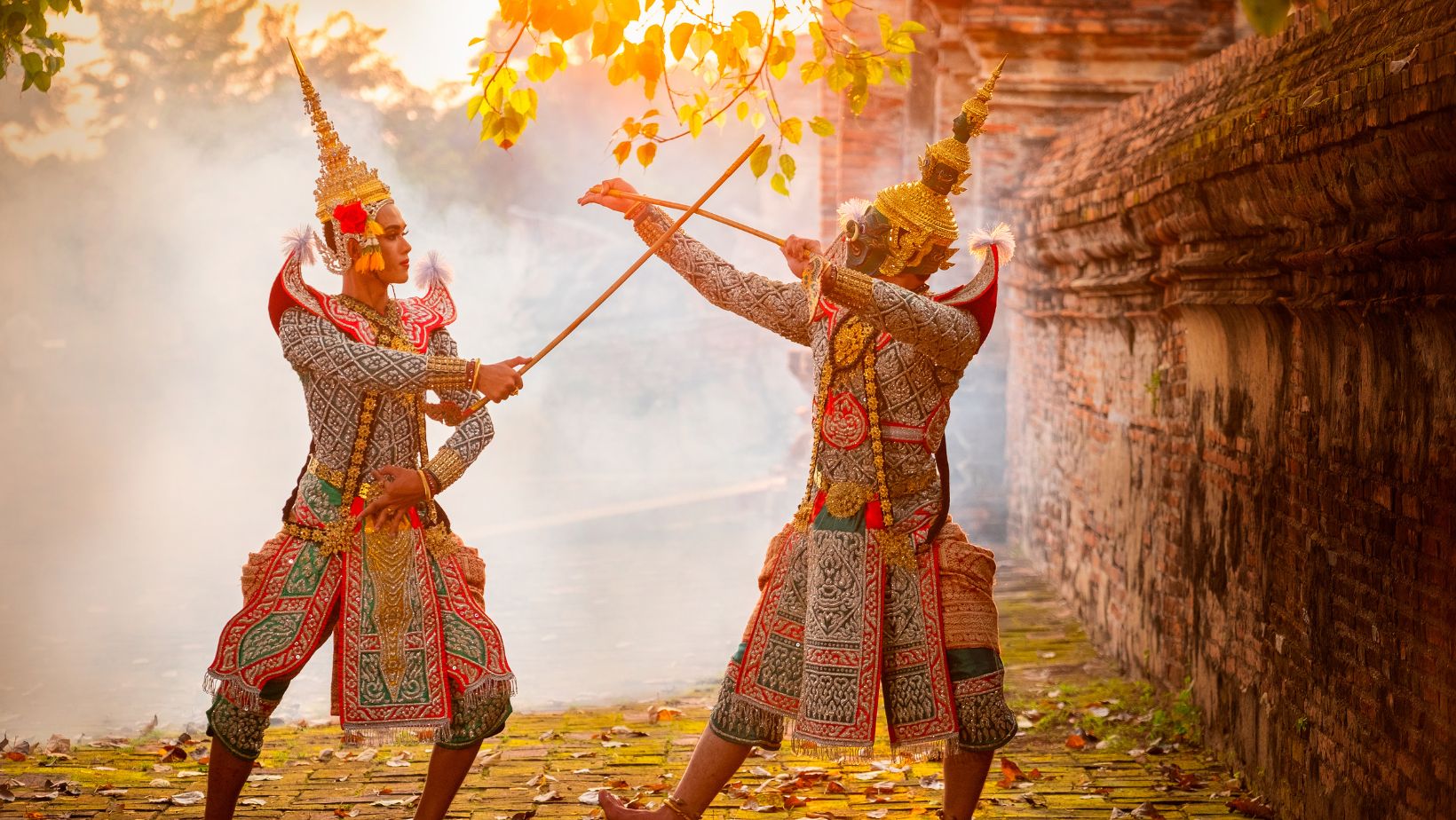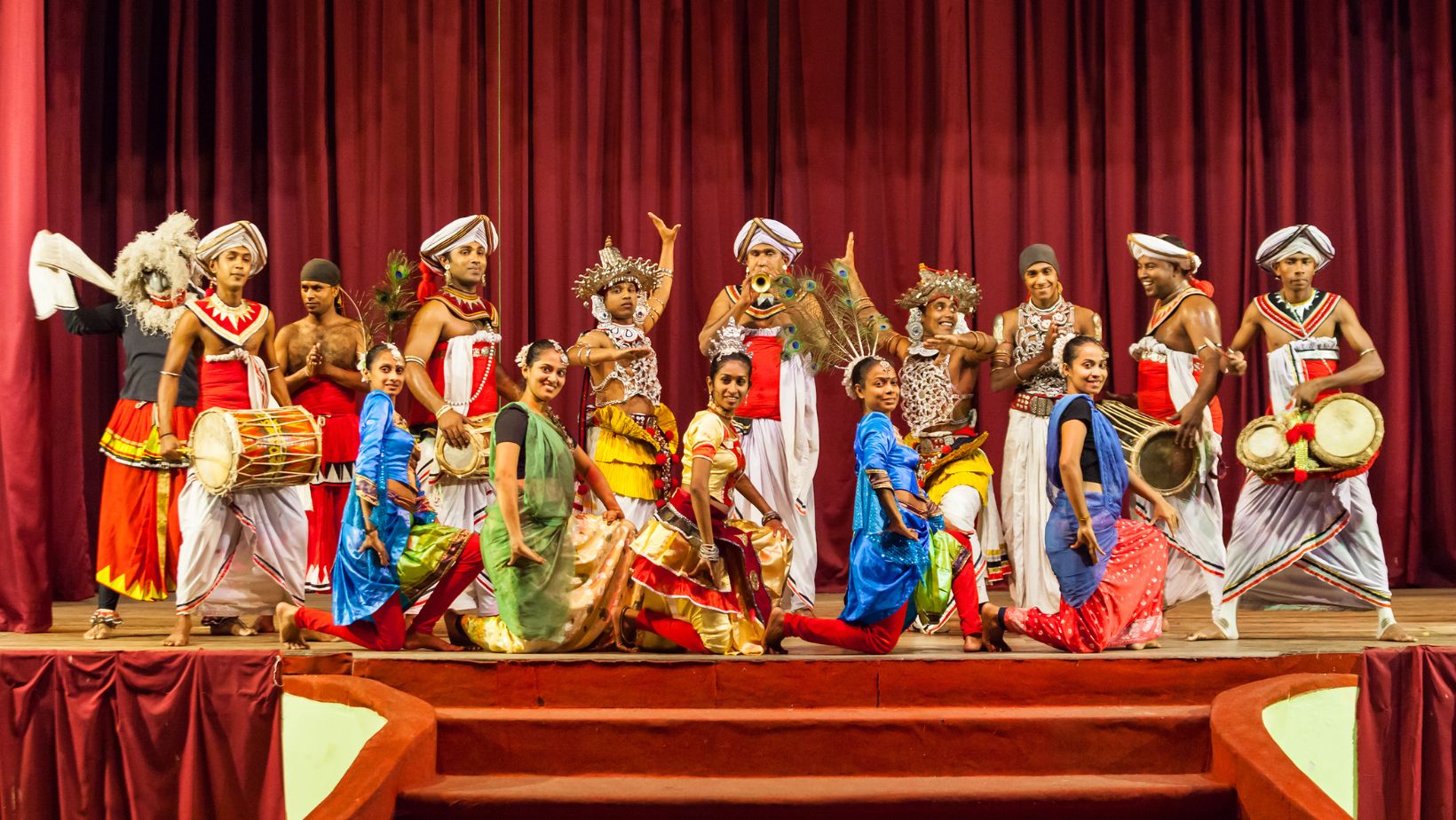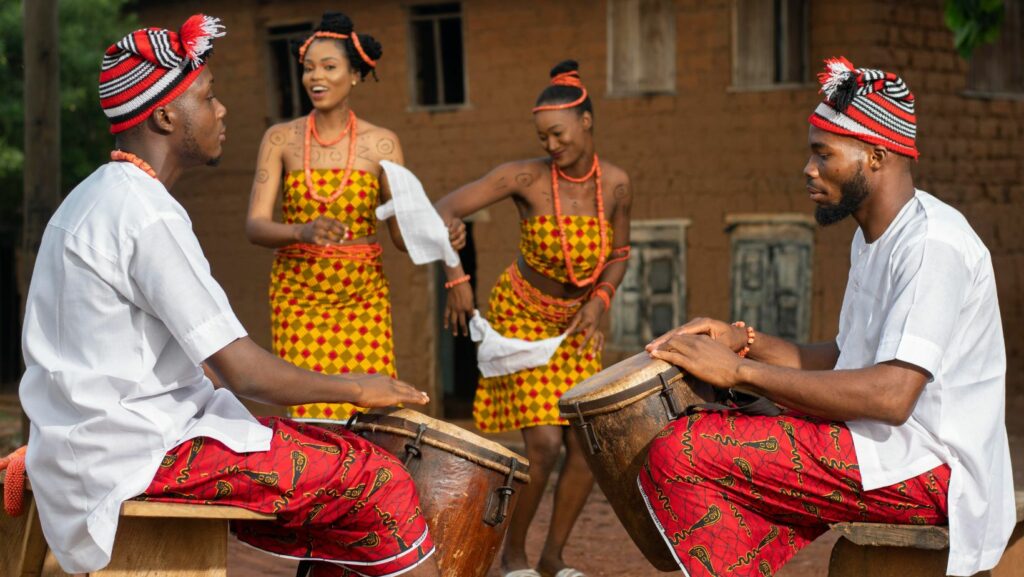Entertainment is a reflection of culture, offering insights into the values, beliefs, and creativity of different societies. Around the world, each culture has developed its own unique forms of entertainment that resonate with its people and traditions. From traditional dances and festivals to sports and theatrical performances, entertainment brings people together and provides a window into the diverse ways of life across the globe. Join Banger Casino live and let’s explore some of the most unique forms of entertainment across cultures and continents, celebrating the diversity of human expression.
Africa: Unique Cultural Dance, Drumming, and Storytelling
Traditional African Dance
Traditional African dance is a vital part of the continent’s cultural heritage, used to celebrate important events, tell stories, and express emotions. Each region has its own distinctive dance styles, often characterized by rhythmic movements, vibrant costumes, and lively music. For example, the Zulu dance in South Africa is performed during celebrations, featuring high kicks and synchronized movements, while Gwara Gwara from Ghana has gained international popularity for its energetic and dynamic steps.
African dances are often accompanied by drumming, which sets the rhythm and unifies the dancers. The drumming, combined with intricate footwork and expressive body movements, makes traditional African dance a captivating and communal form of entertainment that brings people together.
Griot Storytelling Tradition
The griot tradition in West Africa is a form of storytelling that has been passed down for generations. Griots are oral historians, musicians, and storytellers who preserve the history and culture of their people through songs, poetry, and tales. They play a significant role in conveying cultural values, recounting historical events, and entertaining audiences with their performances. The griot tradition highlights the importance of oral storytelling in African culture, serving as a means of education, entertainment, and preservation of heritage.
Asia: Martial Arts, Puppet Shows, and Tea Ceremonies
Chinese Martial Arts Performances
Chinese martial arts, or Wushu, are not only practiced for self-defense but are also performed as a form of entertainment. Martial arts performances feature skillful demonstrations of agility, strength, and precision, often set to music and accompanied by dramatic choreography.

Shaolin monks are known for their incredible feats, such as breaking bricks with their bare hands or performing acrobatic kicks, showcasing the discipline and physical prowess required in martial arts. These performances are not only visually impressive but also reflect the deep cultural significance of martial arts in Chinese society.
Japanese Bunraku Puppet Theatre
Bunraku is a traditional form of Japanese puppet theatre that dates back to the 17th century. Bunraku performances feature large, intricately designed puppets operated by skilled puppeteers, who bring the characters to life with precise and synchronized movements. The stories told in Bunraku often depict historical events, folktales, or romantic dramas, accompanied by live narration and traditional music. The art of Bunraku is a testament to the creativity and craftsmanship of Japanese culture, providing audiences with a unique and captivating theatrical experience.
The Art of the Japanese Tea Ceremony
The Japanese tea ceremony, or chanoyu, is a highly ritualized practice that embodies the values of harmony, respect, purity, and tranquility. Although it may not be considered entertainment in the conventional sense, the tea ceremony is a deeply cultural experience that offers participants a sense of calm and connection. The process of preparing and serving matcha (powdered green tea) is performed with precision and mindfulness, creating a serene atmosphere. The tea ceremony reflects the aesthetic beauty and spiritual depth of Japanese culture, providing participants with an opportunity for reflection and appreciation of the present moment.
Europe: Opera, Festivals, and Folk Dance
Italian Opera
Opera is one of Europe’s most iconic forms of entertainment, with its origins tracing back to Italy in the late 16th century. Italian opera combines music, drama, and elaborate stage design to create a powerful emotional experience for the audience. Composers like Giuseppe Verdi and Giacomo Puccini have created some of the most famous operas in history, such as La Traviata and Madama Butterfly. Attending an opera performance at a grand venue like La Scala in Milan is a cultural experience that showcases the beauty of classical music and the talent of world-class performers.
La Tomatina Festival in Spain
La Tomatina is a unique and playful festival held annually in the town of Buñol, Spain. Participants gather in the streets to engage in a massive tomato fight, throwing ripe tomatoes at each other in a lighthearted celebration of fun and community. The origins of the festival are unclear, but it has become a popular event that attracts visitors from around the world. La Tomatina is a reflection of the joyful and festive spirit of Spanish culture, offering a unique form of entertainment that brings people together in a lively and messy celebration.
Irish Folk Dance
Irish folk dance, particularly Irish stepdance, is a traditional form of entertainment that has gained international recognition through shows like Riverdance. Characterized by rapid footwork and intricate rhythms, Irish stepdance is performed at festivals, weddings, and cultural events throughout Ireland. The lively music, often played on instruments like the fiddle and tin whistle, adds to the energetic atmosphere of the performance. Irish folk dance is a celebration of Irish culture and heritage, bringing joy and a sense of community to those who participate or watch.
North America: Rodeos, Jazz, and Street Performances
Rodeo Culture in the United States
Rodeo is a popular form of entertainment in the United States, particularly in the American West. Rodeo events feature skilled cowboys and cowgirls competing in activities such as bull riding, barrel racing, and calf roping. The rodeo is a celebration of the traditions of the American frontier, showcasing the skills required for ranch work and the adventurous spirit of the Wild West. Rodeos are often accompanied by live country music, food, and festivities, making them a vibrant and uniquely American entertainment experience.
Jazz in New Orleans
New Orleans is known as the birthplace of jazz, a genre that has had a profound impact on global music culture. Jazz performances are a staple of the city’s entertainment scene, with live music filling the streets, bars, and clubs. Venues like Preservation Hall offer an authentic jazz experience, featuring talented musicians who play traditional New Orleans jazz. The improvisational nature of jazz makes each performance unique, providing audiences with an unforgettable musical journey that reflects the rich cultural history of the city.
Street Performances in Mexico
In Mexico, street performances are a common form of entertainment that brings art and culture directly to the people. Mariachi bands are often seen performing in public squares, serenading passersby with traditional Mexican music. Street performers, including dancers, clowns, and fire jugglers, can also be found entertaining crowds in bustling areas like Zócalo in Mexico City. These street performances create a lively and festive atmosphere, allowing locals and tourists alike to experience the vibrancy of Mexican culture in an informal setting.
South America: Carnival, Capoeira, and Folklore
Carnival in Brazil
Carnival in Brazil is one of the most famous celebrations in the world, particularly the festivities in Rio de Janeiro. Carnival is a vibrant and colorful event that features parades, samba dancing, and elaborate costumes. Samba schools spend months preparing for the event, creating intricate floats and choreographed performances that dazzle spectators. Carnival is a celebration of Brazilian culture, music, and dance, embodying the joy and creativity of the people.
Capoeira in Brazil
Capoeira is a unique blend of martial arts, dance, and music that originated in Brazil. Developed by enslaved Africans, capoeira was disguised as a dance to hide its martial arts elements from slave owners. Today, capoeira is performed as both a sport and a form of entertainment, with participants showcasing their agility, strength, and rhythm in a roda (circle).

The music, played on traditional instruments like the berimbau, adds to the energy of the performance, making capoeira a captivating and dynamic cultural experience.
Andean Folklore in Peru
Andean folklore in Peru is celebrated through traditional music, dance, and festivals that reflect the rich cultural heritage of the Andean region. Dances like the Diablada (Dance of the Devils) are performed during festivals such as Virgen de la Candelaria, featuring elaborate costumes and masks that represent mythological and historical figures. The music, played on instruments like the charango and panpipes, adds to the festive atmosphere, providing a glimpse into the traditions and stories of the Andean people.
Conclusion
Entertainment around the world takes many forms, each offering a unique perspective on the culture and values of the people who create it. From traditional dances and storytelling in Africa to jazz performances in New Orleans and the vibrant festivities of Carnival in Brazil, entertainment is a universal expression of joy, creativity, and community. Exploring the diverse forms of entertainment across cultures and continents allows us to appreciate the richness of human experience and the many ways in which people come together to celebrate life.

